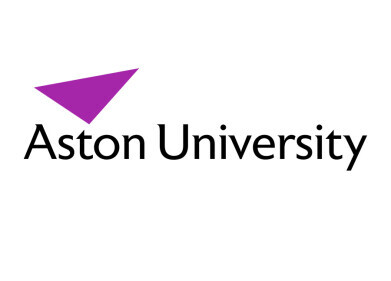News & Views
What are the Main Applications of Photonics?
Jun 29 2021
Photonics, the science of generating, controlling and detecting light particles, is used across a wide range of sectors. It’s fundamental to a myriad of everyday technologies, from smartphones and WiFi to drug development and medical instruments. In fact, photonics is one of the fastest growing high-tech industries in the world, with an impressive global growth rate of CAGR 7%, according to a recent market research study by industry-specific research group Tematys.
Want to know more about the main applications of photonics? Read on as we explore some of the most important uses:
-
Drug development and discovery
When combined with fields such as molecular biology and nanotechnology, photonics becomes a powerful driver of drug development and discovery. Examples include the development of new light-responsive hydrogels at Texas A&M University, which use nanomaterials to deliver targeted therapies.
Photonics has also been used to develop rapid and accurate COVID-19 testing solutions, with optical technologies such as fluorescence and holography being used to improve “gold standard” methods such as reverse-transcriptase polymerase chain reaction (RT-PCR). In Spain, the Catalan Institute of Nanoscience and Nanotechnology has been using nanophotonic biosensors to improve quantitative detection of viral loads and support early diagnostics.
-
The Internet of Things
From iPhone-controlled sound systems to interactive fridges with built-in grocery ordering apps, photonics is at the vanguard of the smart home movement. Photonics is a key enabler of the Internet of Things (IoT), a network of physical devices that collect and exchange data. The science of generating, controlling and detecting light particles is continually being used to improve Internet technologies, increase speeds and offer IoT users a new level of efficiency.
-
Environmental monitoring
Over the past decade, photonics has reimagined environmental monitoring capabilities. Low-power, wide-area-network (LPWAN) technologies are now used to monitor everything from air, water and soil quality to snowfall, temperature and humidity levels.
Photonics and Synchrotrons
Synchrotrons, sophisticated machines that use electricity to accelerate electrons and create intense beams of light, are elemental to advanced photonics research. Magnetic fields are used to deflect the high-energy electrons and produce concentrated beams that are a million times brighter than the sun. These powerful beams are then channelled into scientific laboratories where they can be utilised for research purposes.
The University of Glasgow is a pioneer of photonics advances, with researchers using cryo-electron microscopy to unlock key insights into a critical DNA repair process. Find out more about the ground-breaking work being conducted by Professor Helen Walden and her team in ‘Cryo-EM reveals Key Insight into Vital DNA repair process.’
Digital Edition
Lab Asia 31.2 April 2024
April 2024
In This Edition Chromatography Articles - Approaches to troubleshooting an SPE method for the analysis of oligonucleotides (pt i) - High-precision liquid flow processes demand full fluidic c...
View all digital editions
Events
Apr 17 2024 Tokyo, Japan
Apr 22 2024 Marrakech, Morroco
Making Pharmaceuticals Exhibition & Conference
Apr 23 2024 Coventry, UK
Apr 23 2024 Kintex, South Korea
Apr 23 2024 Seoul, South Korea









.jpg)








